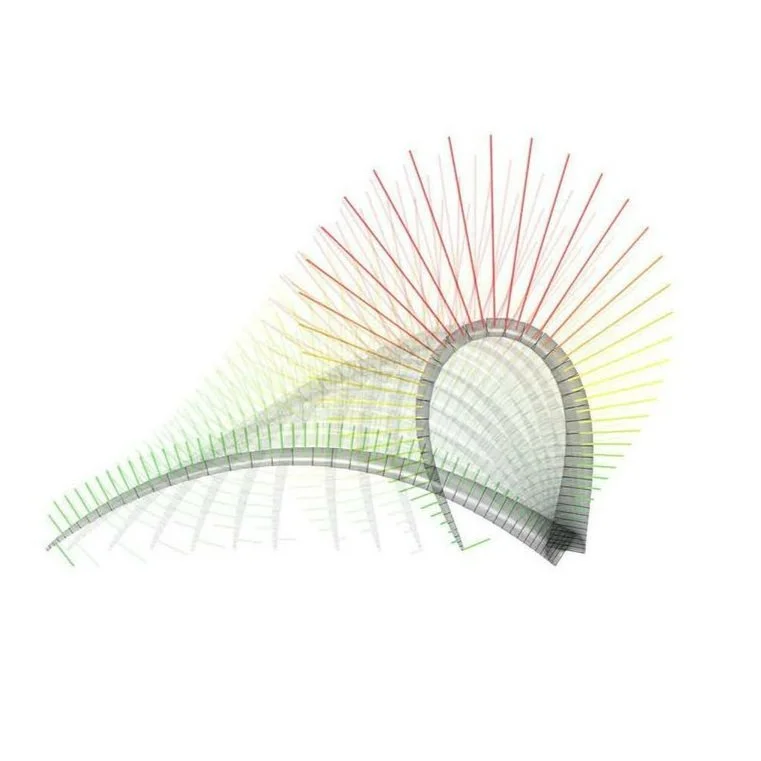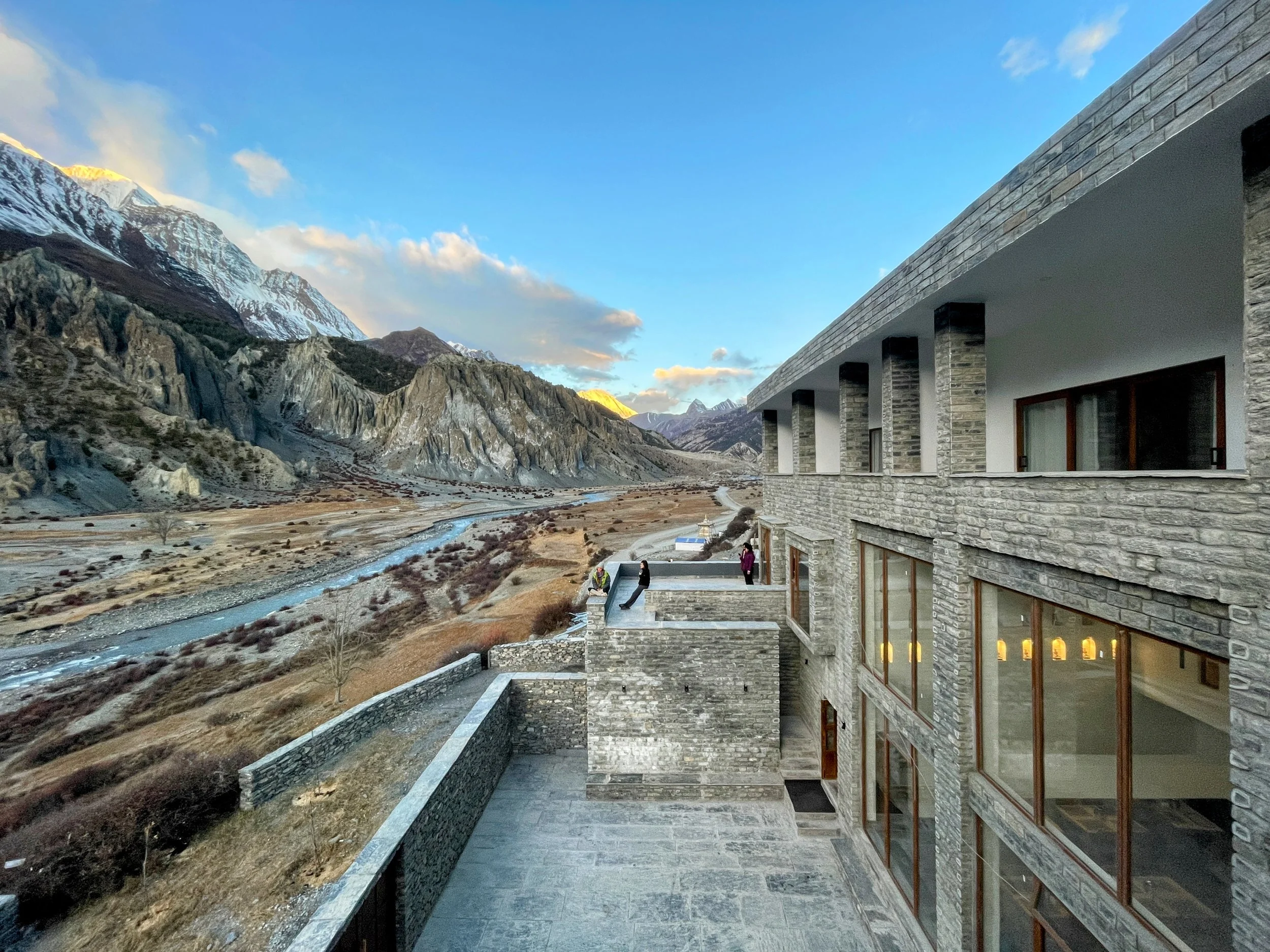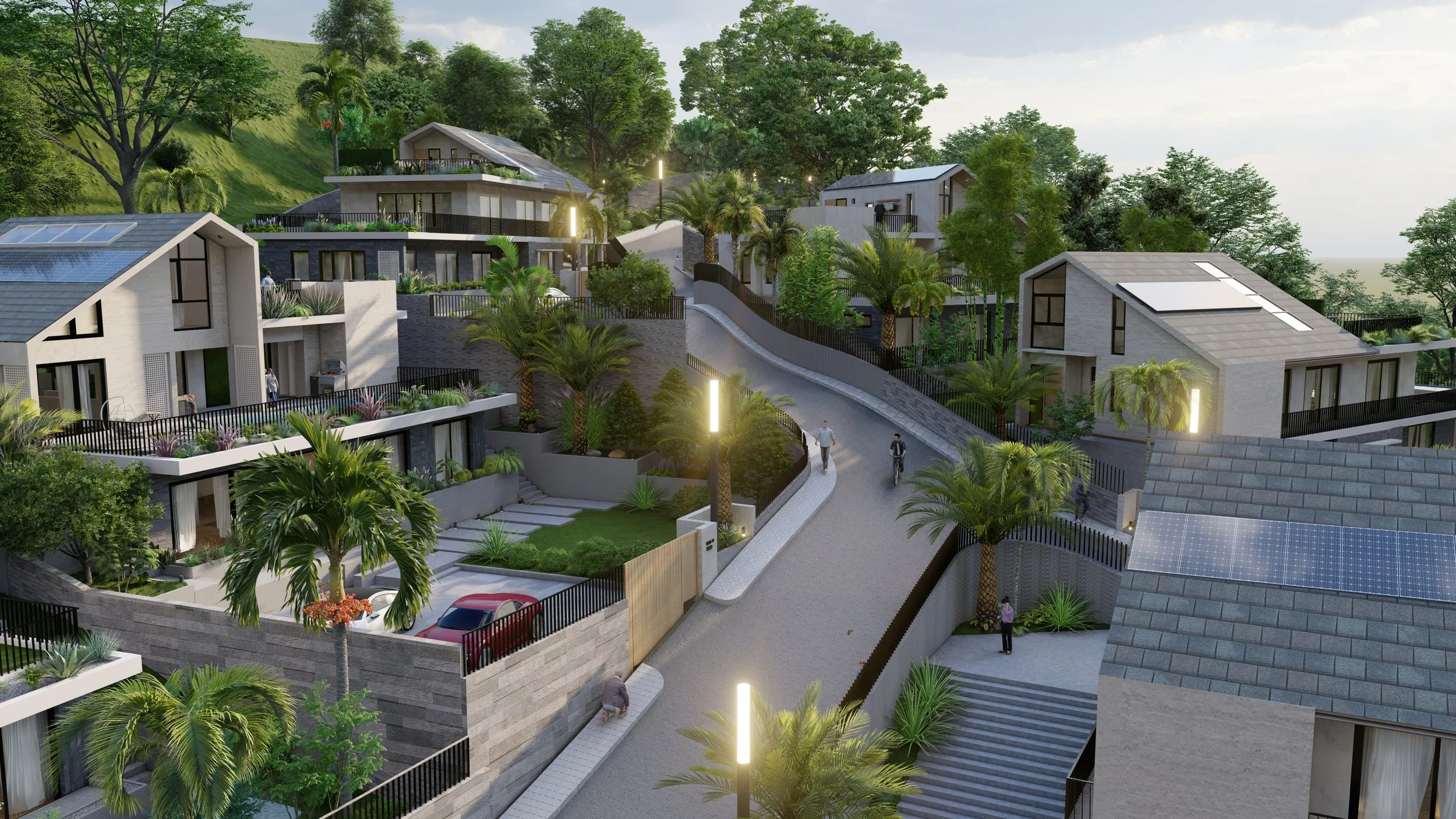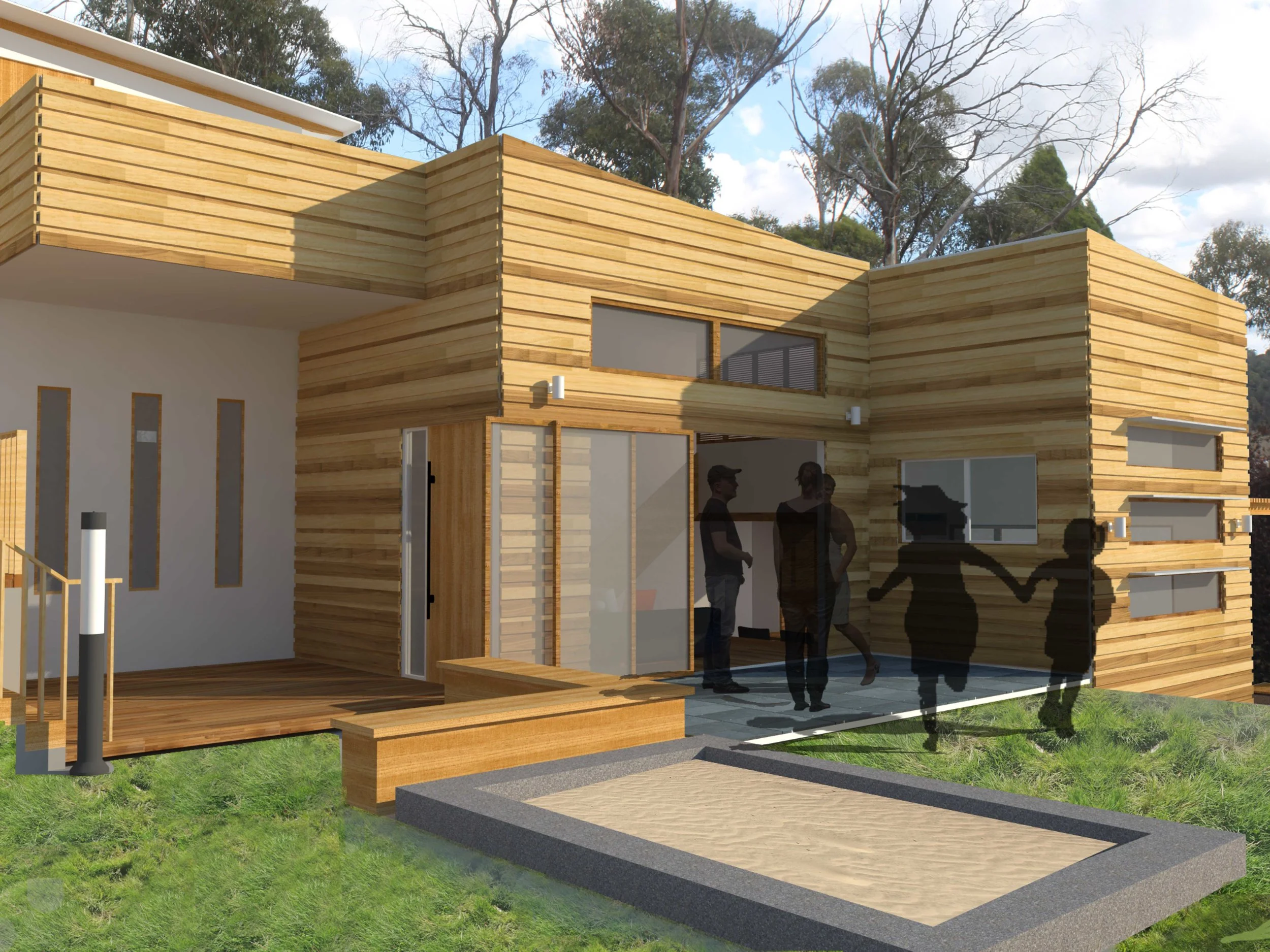Nepal, over the last two decades has gone through immense change and transformation. The Nepalese people have had a ringside seat to a massacre of royals, a decade long civil war, a people power uprising, return to absolute monarchy, they have witnessed deadly floods, avalanches, landslides and recently an earthquake.
This project takes into account these events and histories, not merely re-living it by remembering but transforming the memory into something entirely new and affirmative, introducing a sense of hope, something that has new possibility, the project aims at rediscovering Nepal’s past at the same time opening a door to a brand new architecture and a new sense of national identity that is deeply rooted in its values and tradition that connects the past and present. It is also an exploration of how an experience of a particular place and culture can be conceived as an important architectural instrument that starts to question how the reconstructed buildings and spaces incorporate daily life.
The formal strategy for the masterplan as well as the architecture is derived from the gestural notions of draping, cutting and stitching. These constructive metaphors are used as tools to generate new forms of living, moving and resting in space, a start to new ways of thinking, shaping and using space. On a macro level different parts of the urban fabric and infrastructure are stitched together by creating thoroughfares and walkways through and across the site.
In the same way that the country is reincarnated with a new constitution and a new political system these monuments and temples that were destroyed during the earthquake are reborn as a new form in a new context through the process of draping. These new forms generated became the starting point for the architecture. Programmatically, the site accommodates the parliament house and ministry offices at the centre, a place where the citizens continue their debate and discuss on what Nepal is and what it should be. The Parliament house from a distance seems to be emerging out of the earth, symbolising the birth of a new consciousness. A National Library, education and learning centre, a place where knowledge is gained and where future leaders are nurtured, an arboretum, a lake and a large un-programmed undefined public park, these two become places for people to reconnect with nature and remember their relationship with the land, it also becomes a place for citizens from all walks of life to experience and use and if not exactly encounter each other in conversation, at least be seen and acknowledged as fellow citizens. Museum to preserve our rich traditional culture and history and a cricket oval that serves cricket as well as other sports.


























































































































































